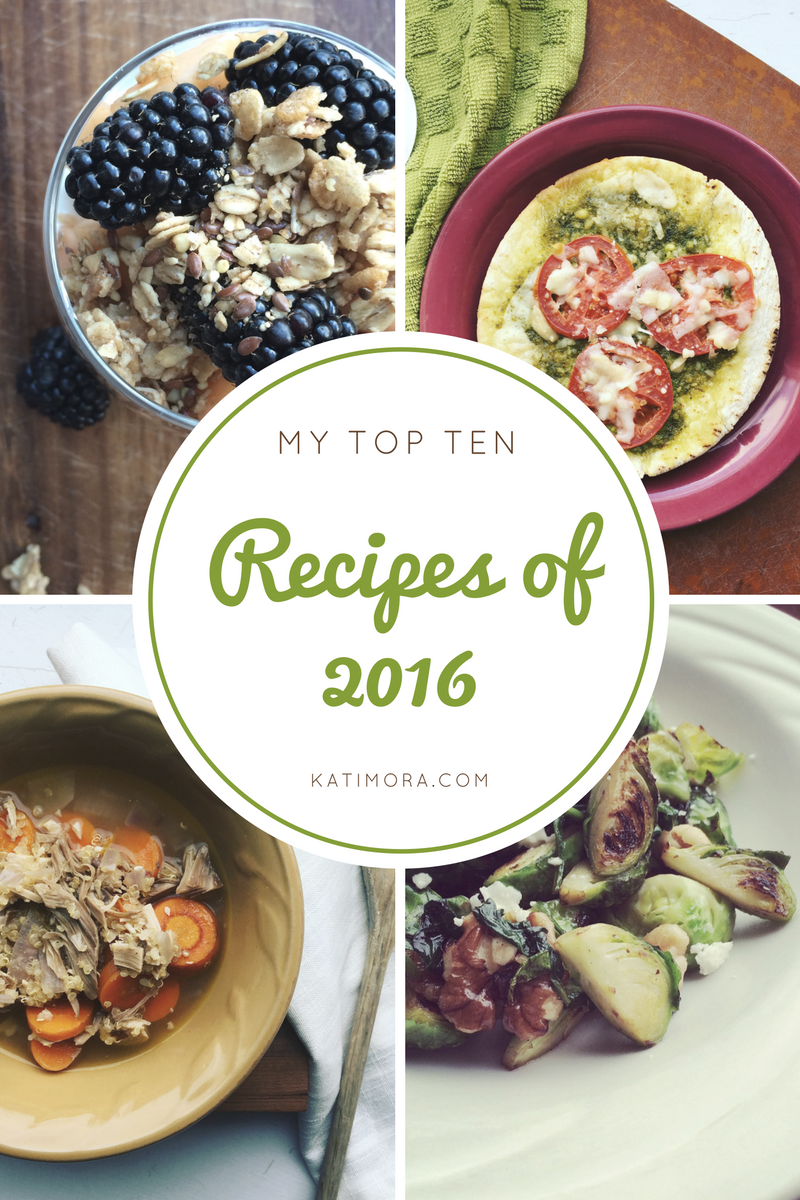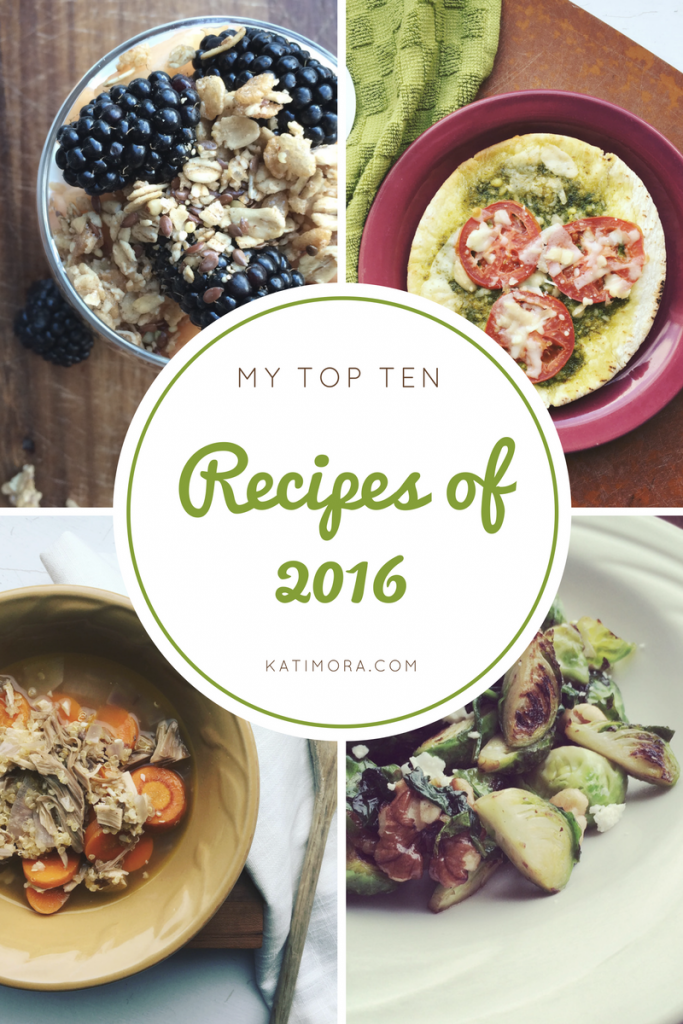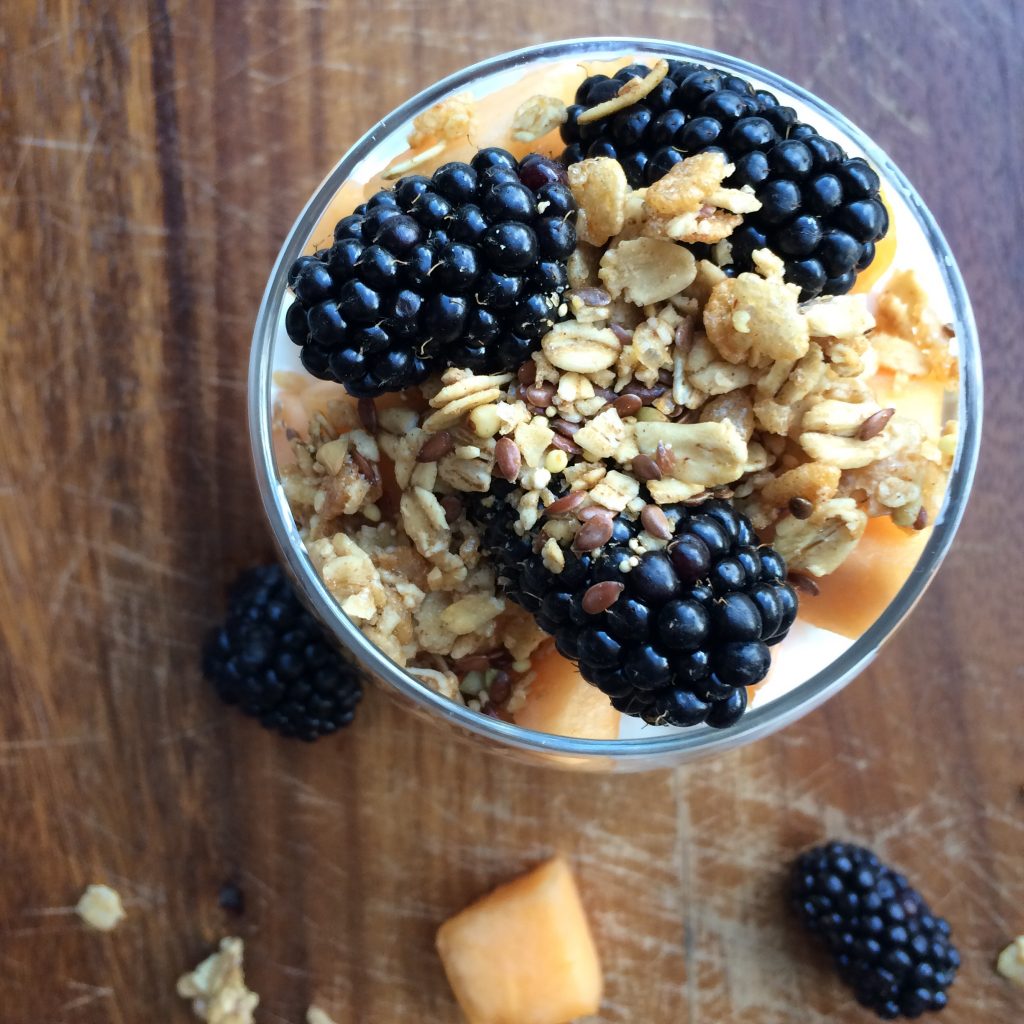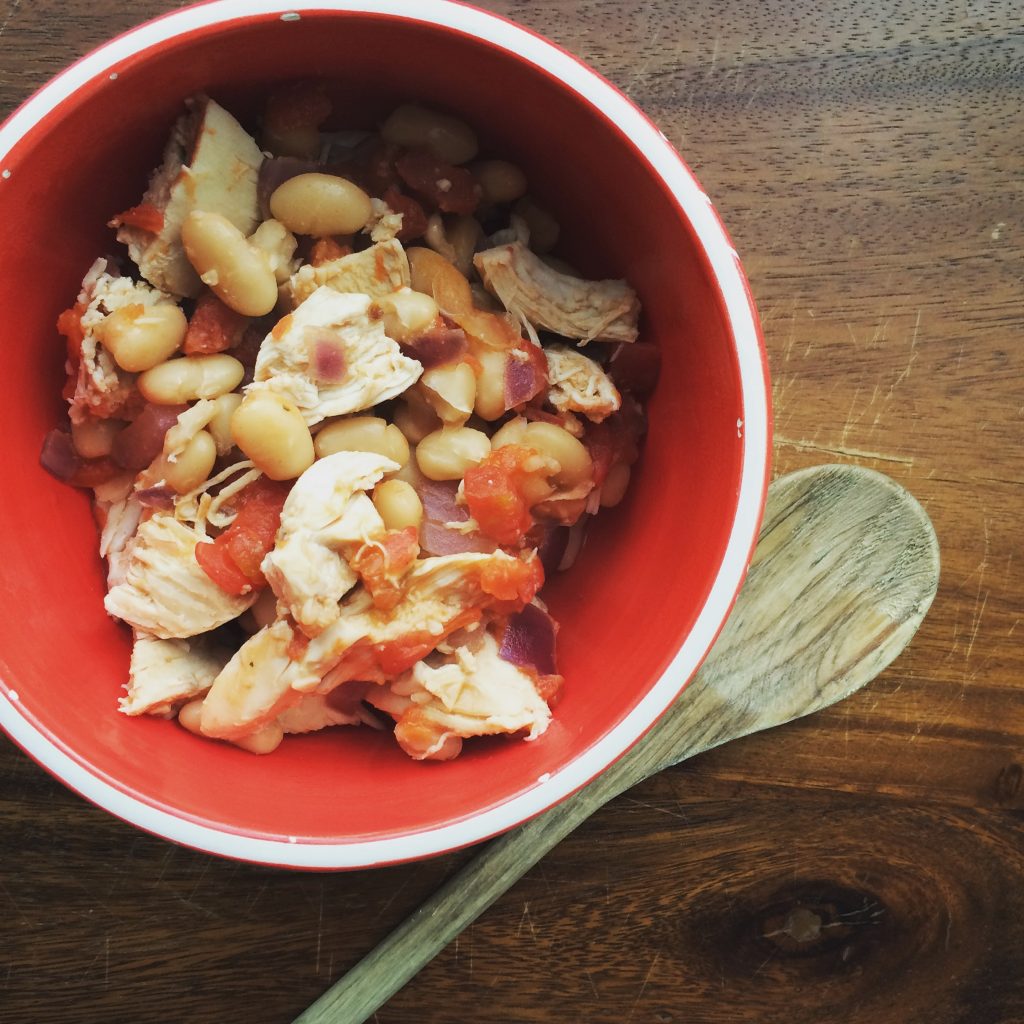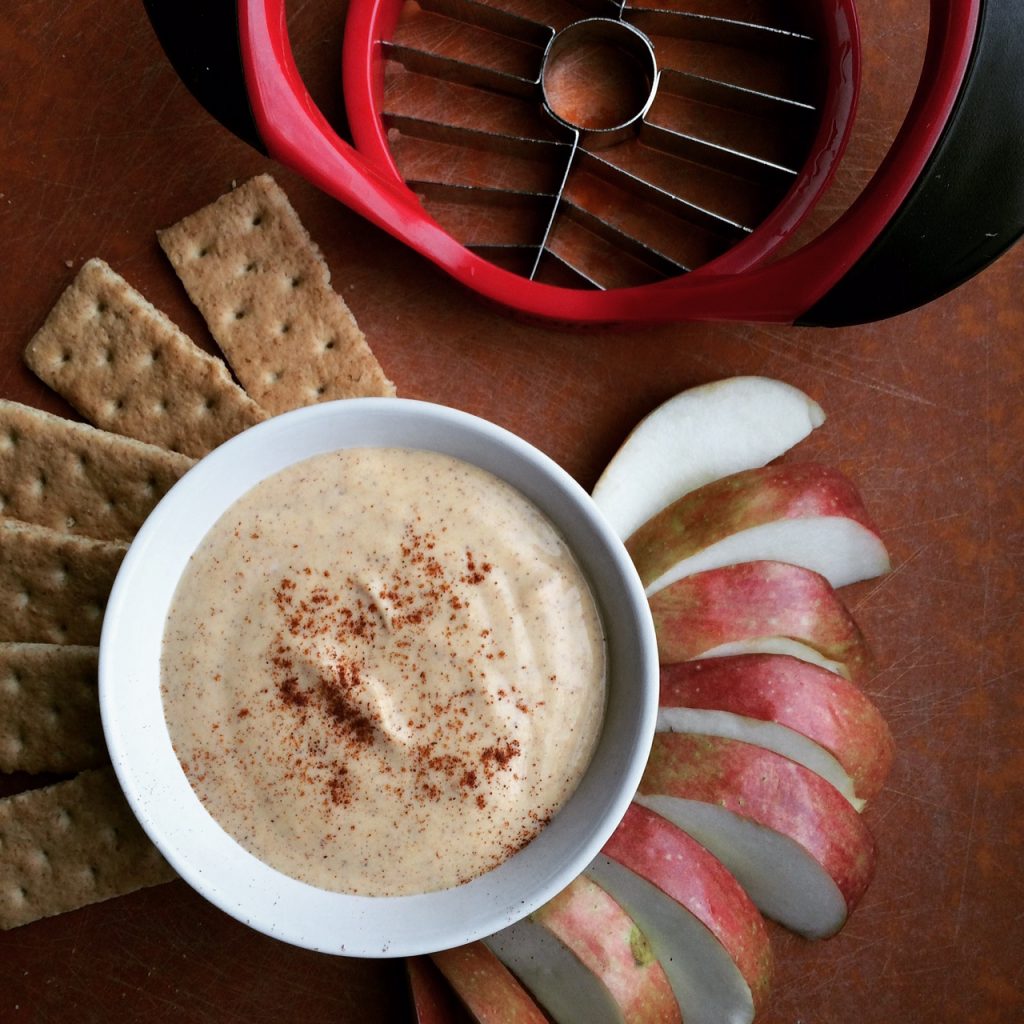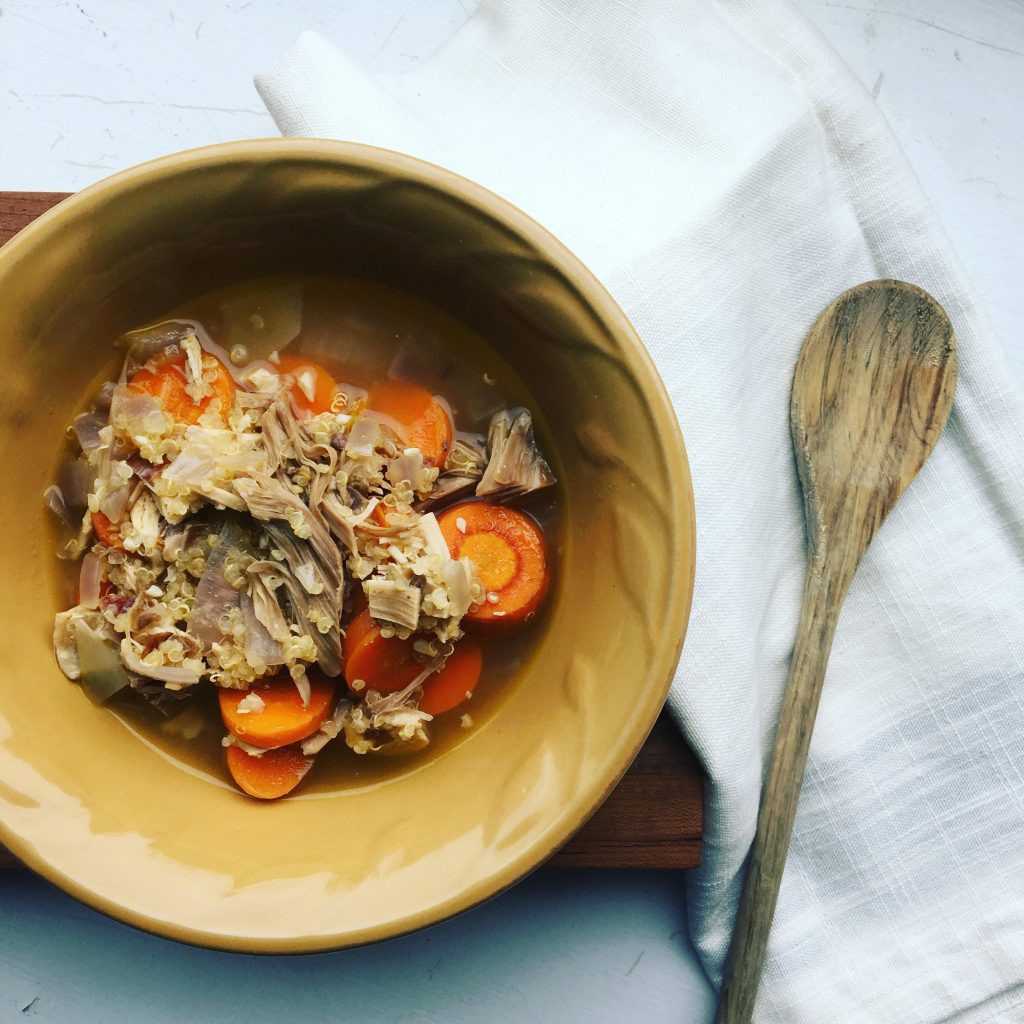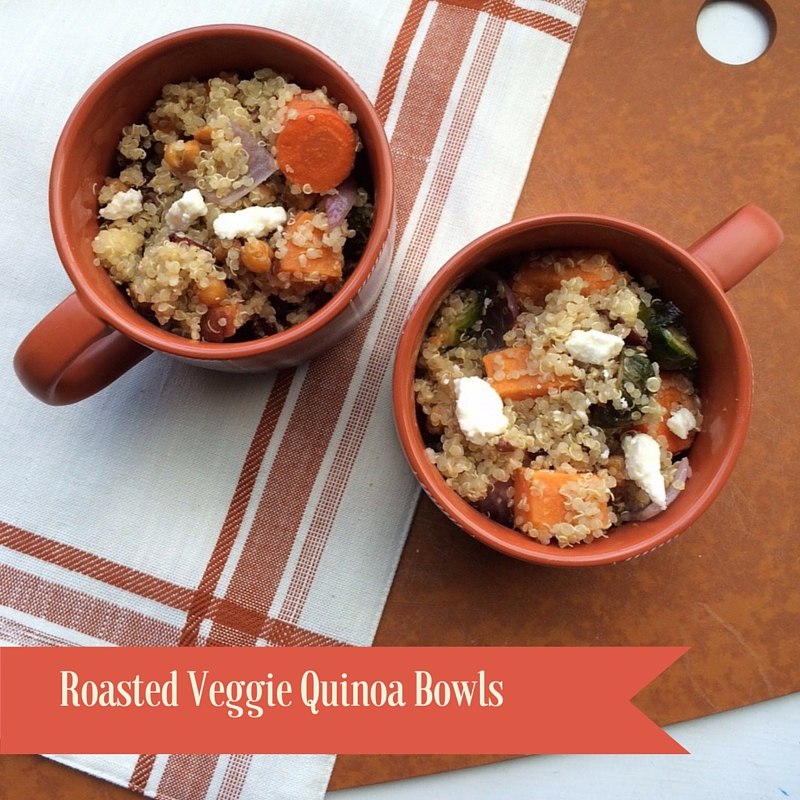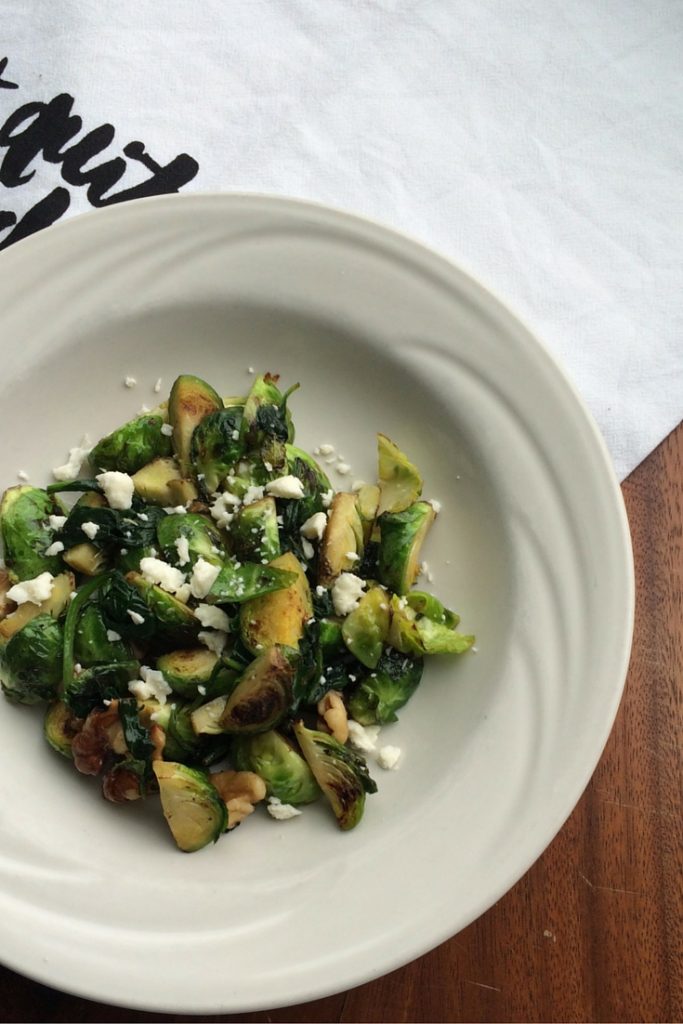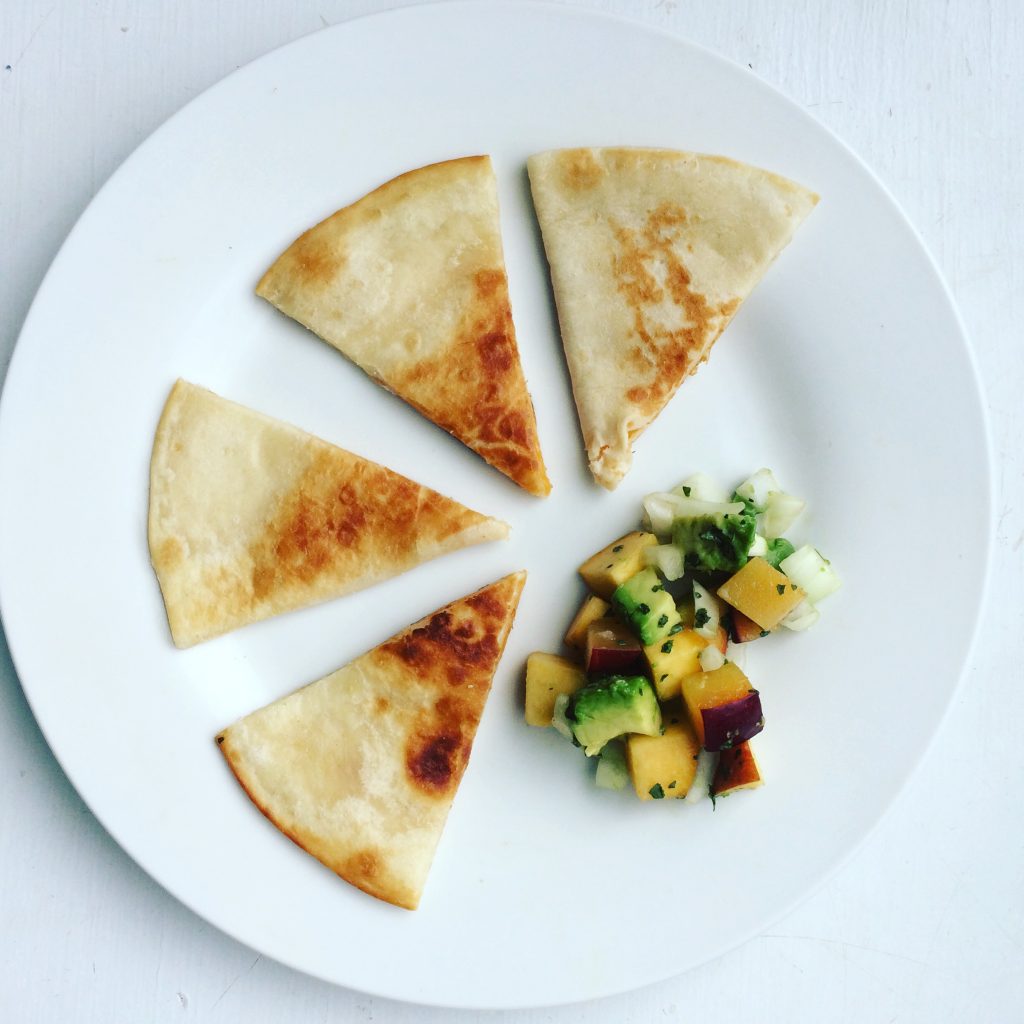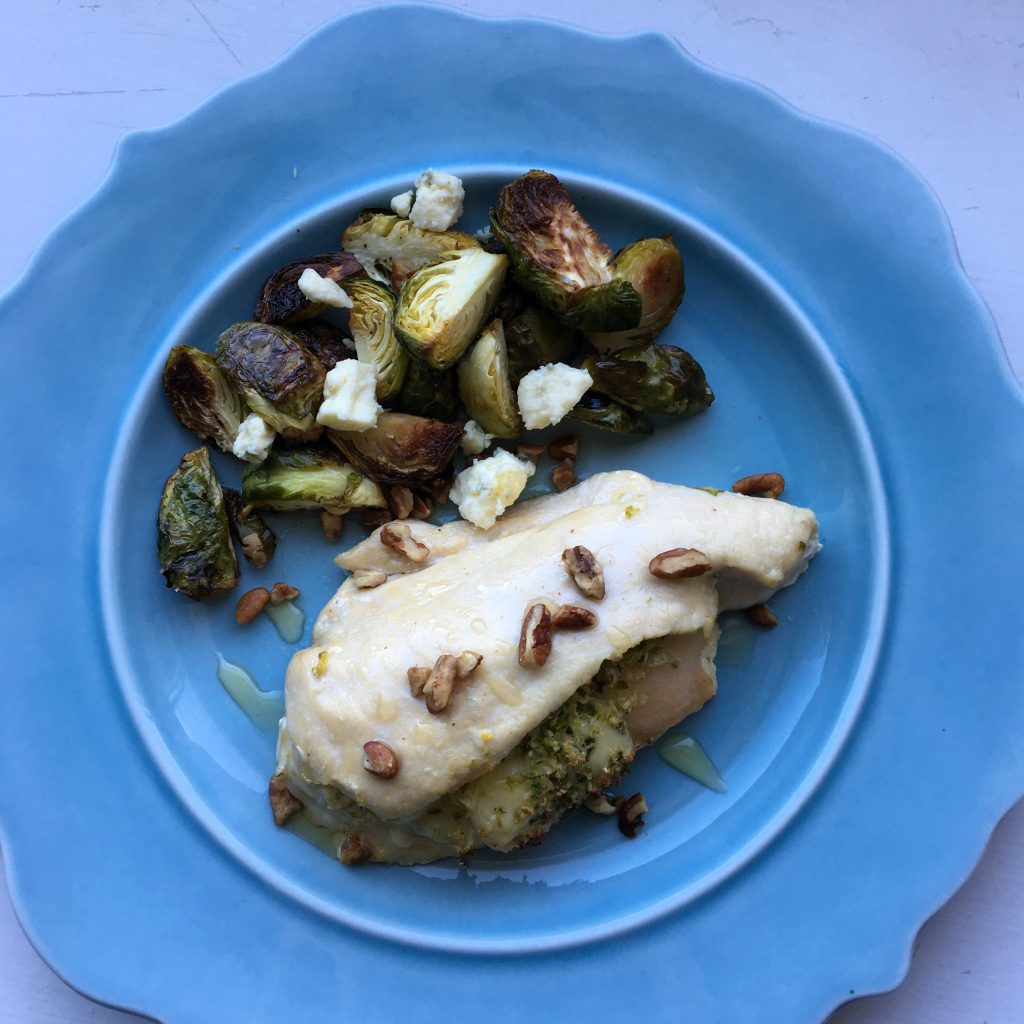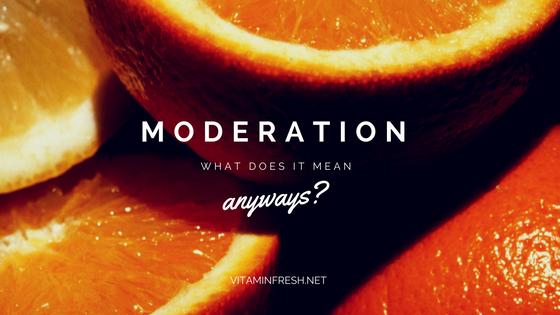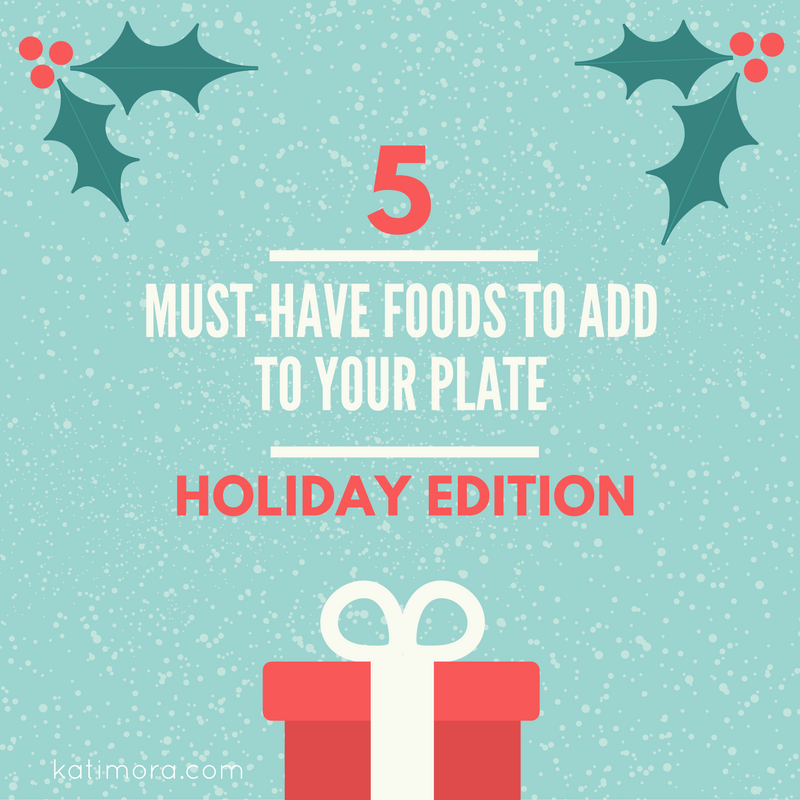Let’s face it. The new year ahead can be intimidating… especially if the year before it was down right lousy. But the unknown doesn’t have to stress you out. And less stress means you can approach life and food with a little more confidence and a lot less fear.

I want 2017 to be your best year yet, so I asked my friend and colleague Lisa Carpenter, M.A., L.P.C., founder of Center of Hope Counseling, to share her top tips for reducing stress. Here’s her go-to’s for stress relief:
Yoga. Psychology Today suggests that, “yoga, meditation, and other mind-body practices train your body and mind to be able to cope with stress better and improve overall health and well-being.”
Laugh it off. Laughter releases endorphins which make your body go into “happy” mode, it also decreases levels of cortisol, a stress hormone.
Listen to music. Listening to calm or upbeat music can quickly change your mood. Calm music can reduce cortisol and upbeat music will tempt you to dance, also a way to reduce stress.
Go outside. The University of Minnesota suggests that being in nature or even viewing scenes of nature can help reduce stress and contribute to overall health and well-being. It also claims that, “Because we are genetically programmed to find trees, plants, water, and other nature elements engrossing, we are absorbed by nature scenes and distracted from our pain and discomfort.”
Connect with a friend. Going out for a quick coffee or tea or even just having a conversation on the phone with a friend can help reduce stress and distract you from the triggering stressful event.
If you are feeling stressed out now or at any point in the future, consider giving one of these stress reducing techniques a try.
I work with Lisa out of her office space in downtown Mt. Pleasant and I would love it if you visited her Facebook page and gave it a like. Thanks guys – you’re the best!

